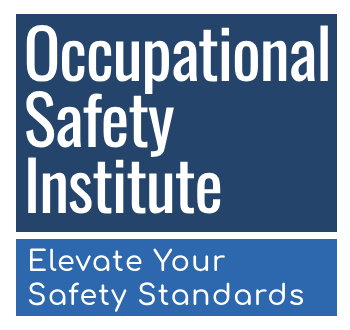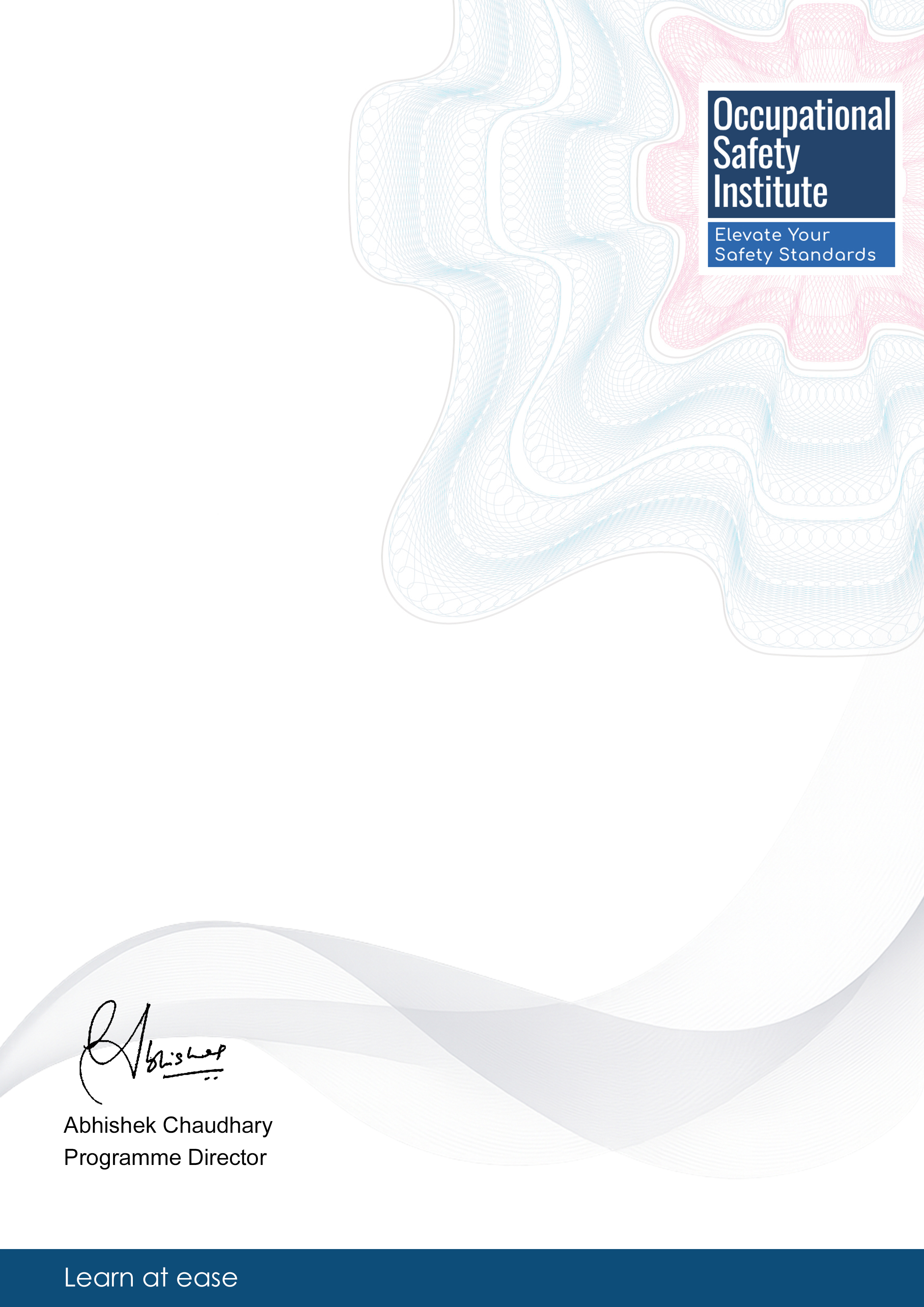Module 1: Introduction to Manual Handling Risk Assessment
This module provides an overview of manual handling risks, relevant regulations, and the importance of risk assessments.
This module provides you with practical frameworks and methodologies for conducting thorough risk assessments in various workplace settings. You'll learn evidence-based approaches to identify, evaluate, and prioritize potential hazards.
Effective risk assessment has been shown to reduce workplace injuries by up to 70% when implemented correctly, making this a critical skill for safety professionals.

